By Randy Mink.
On Heimaey, an island fishing community just off the mainland, our tour bus parked at the foot of the very volcano that in 1973 had erupted and gobbled up half the town. We followed our guide to the top of the volcanic cone, plodding along the gravelly trail of reddish-orange and black lava rocks. At the summit I slipped my hand into a vent and felt the heat. Half-joking that this still active volcano would blow again and ruin our vacation, I was reassured that today’s seismographic monitoring equipment is more sophisticated than it was 42 years ago. Still, the underground warmth made me a bit nervous. Welcome to circumnavigating Iceland on a small-ship cruise.
Volcanoes and geysers, glaciers and icebergs….Iceland, as the cliché has it, is the Land of Fire and Ice, a sparsely populated place where travelers encounter nature at its extremes. One day we were posing for pictures in a glistening snowfield, another day marveling at bubbling mud pots or soaking in a thermal pool or snapping photos of a geyser.
There’s a lot going on around this island just below the Arctic Circle—a pristine paradise for outdoor lovers looking for something off the beaten path. Raw and relatively untouched, cool-clime Iceland in recent years has become a hot spot starting to emerge on everybody’s radar. And now there’s a summer cruise that ties it all together in one neat package.
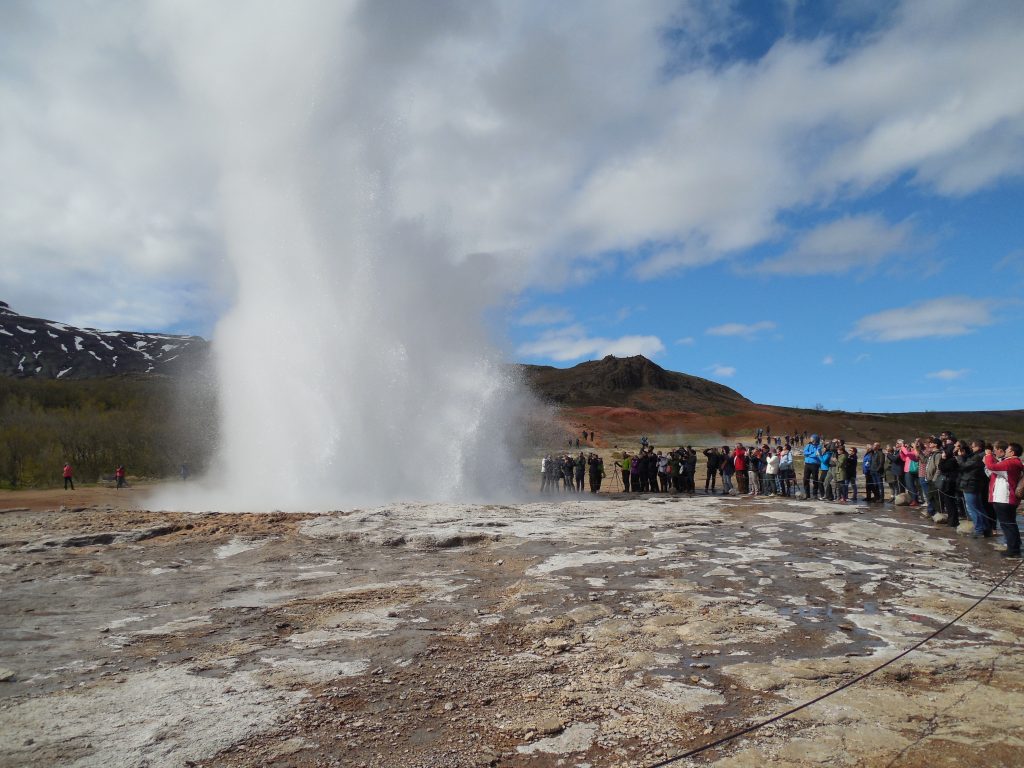
Geysir National Park, which is on the Golden Route near Reykjavik. * Photo: Randy Mink
The nine-night, circumnavigation itinerary offered by Iceland ProCruises combines comfortable shipboard accommodations with soft-adventure shore excursions. Every day the 199-passenger Ocean Diamond calls at a different town as it circles the island…towns with strange names like Stykkisholmur, Akureyri, and Seydisfjordur.
From the pier we boarded buses for half- and all-day tours inland or scrambled onto one of the ship’s inflatable Zodiac landing craft for bird-watching along the coast. And there were some serious bird-watchers.
One American woman was constantly referring to her Birds of Iceland guide. A British passenger went wild photographing kittiwakes, gannets, and cormorants, not to mention the popular Atlantic puffin, a symbol of Iceland.
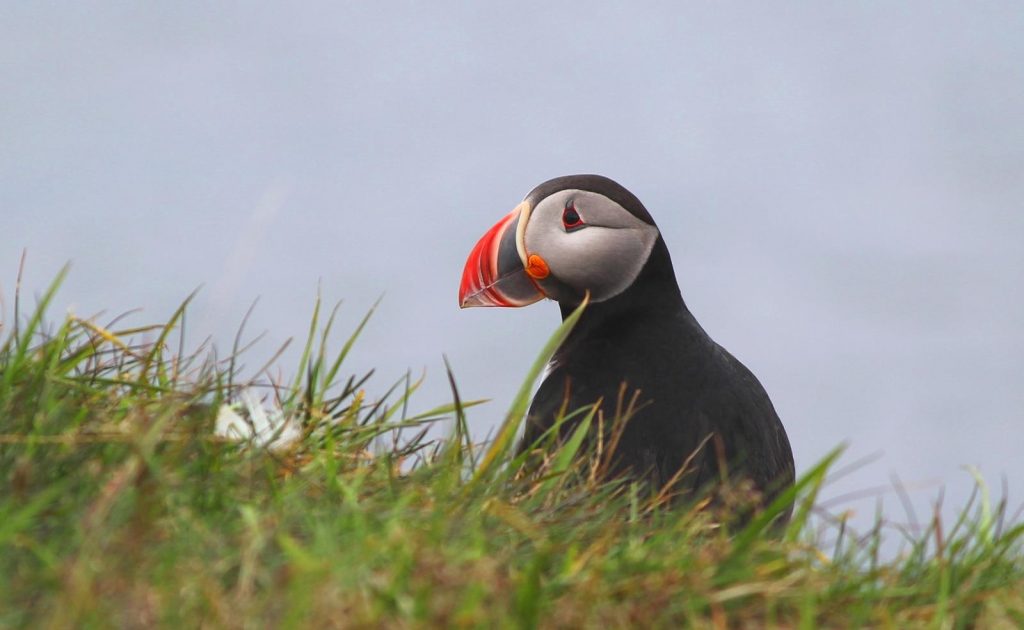
The Atlantic Puffin is a symbol of Iceland. * Photo: Ottar Sveinsson
On our June sailing from Reykjavik, the capital of Iceland, most travelers were Germans and Americans. Well-traveled and mostly over 60, they had been on Galapagos, Australia/New Zealand, and other exotic-destination cruises, making Iceland another feather in their cap. It was a polite, cultured crowd happy being surrounded by nature and content with the quiet atmosphere onboard. Many passengers remarked about the convenience of exploring the whole country—roughly the size of Kentucky—while sleeping in the same bed every night.
Besides passive sightseeing, we had chances to physically challenge ourselves. Shore options featured activities like bicycling, kayaking, golf, sea angling, and horseback riding. Temperatures were mainly in the high 40s and low 50s, with most days rain-free.
Cruising off the coast of Iceland, you can always see snow-capped mountains. And I mean always, for land is never out of sight, even at 3 in the morning. This is, after all, the Land of the Midnight Sun.
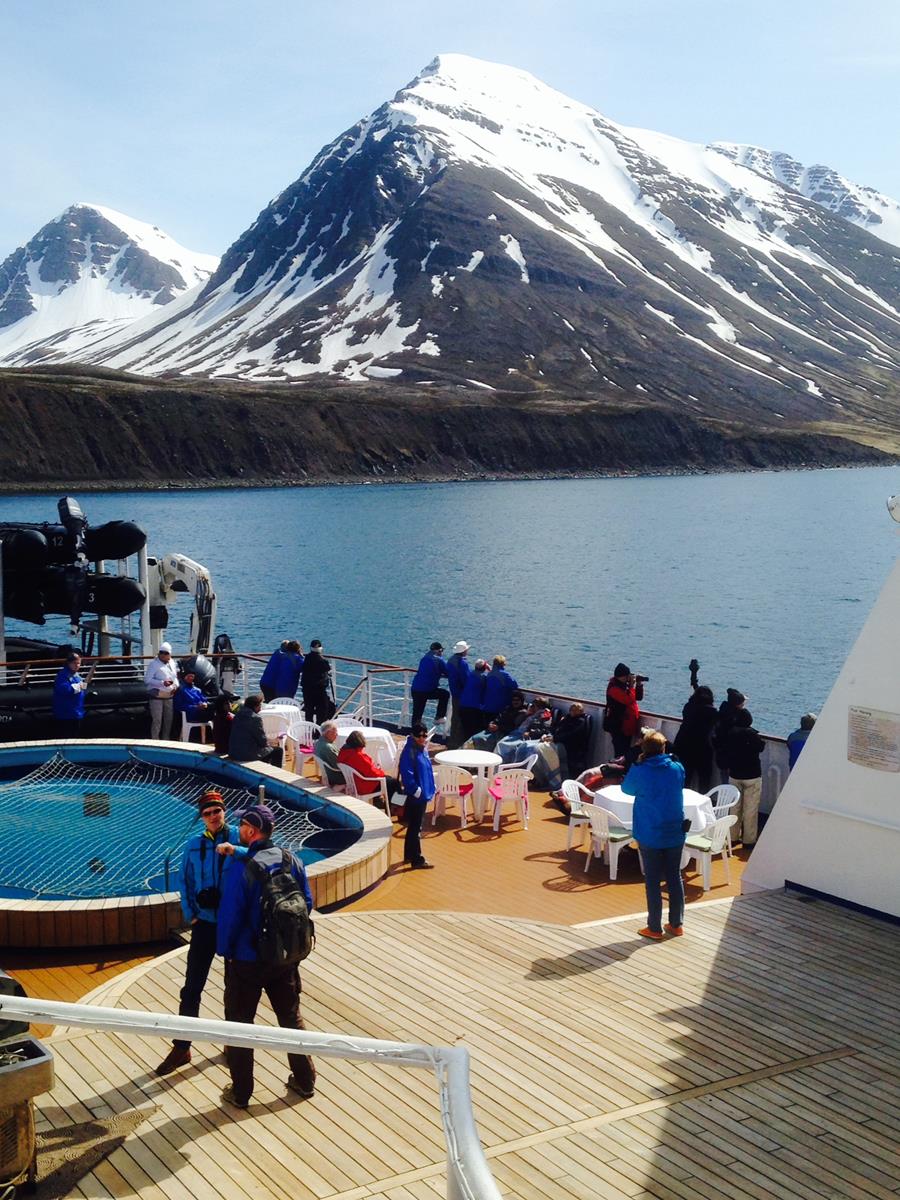
The view from deck, WOW! * Photo: Randy Mink
Iceland Ports of Call
From little Stykkisholmur (pop. 1,200), our first port of call, we took a five-hour shore excursion highlighted Snaefellsjokull Glacier, part of a rugged mountain range on western Iceland’s Snaefellsnes Peninsula. After a 40-passenger Snowcat delivered us to the top of the glacier, we had 45 minutes to revel in the snow, take pictures, and watch mountain trekkers scale the summit. A source of inspiration to writers and artists and said to be one of Earth’s seven main energy centers, Snaefellsjokull Glacier, an extinct volcano, was featured in the Jules Verne novel Journey to the Center of the Earth.
The trip to the glacier gave us a good idea of Iceland’s austere landscapes, often compared to the moon. Barren lava fields, strewn with moss- and lichen-covered rocks and threaded with streams, are broken up by patches of brown or green grass populated by sheep. The country has more sheep (475,000) than people (329,100), noted our Icelandic guide, Hermann Gudmundsson of the ship’s shore excursion team. Two-thirds of Iceland’s population is concentrated in and around Reykjavik.
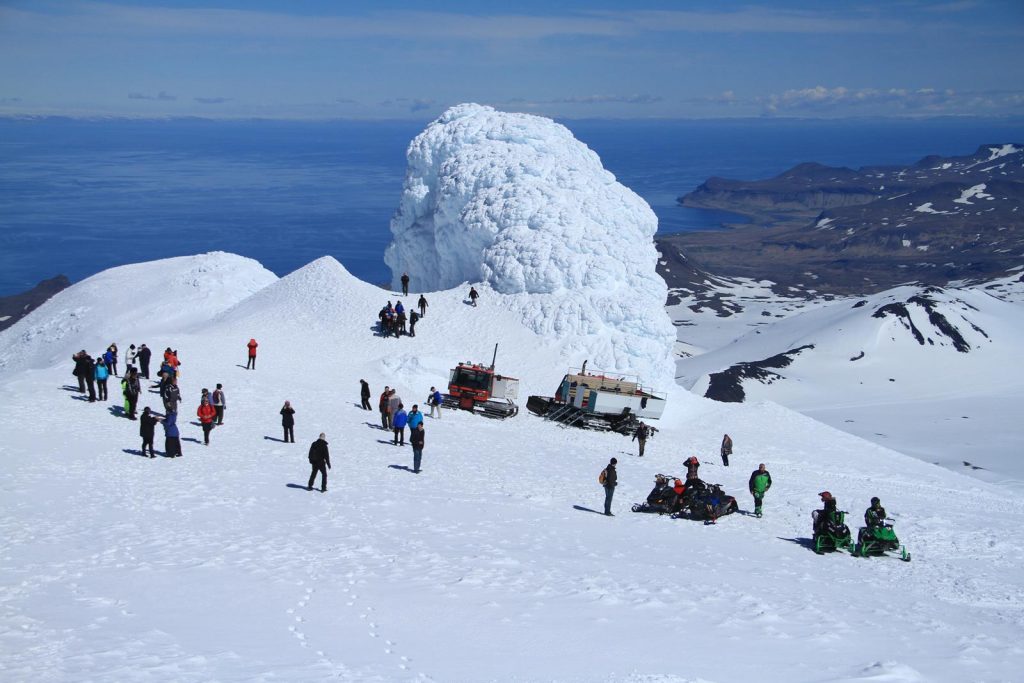
The Snaefellsjokull Glacier. * Photo: Ottar Sveinsson
From the bus you’ll see birch, willow, or mountain ash trees here and there, but Iceland, once 40 percent forested, is practically treeless. Settlers in the 18th and 19th centuries cut down trees to make room for sheep pastures; volcanoes were another culprit.
The scenery was similar the next day on an excursion from Isafjordur (pop. 2,600), capital of the Westfjords region. A fjord-indented peninsula resembling a lobster, this is the most isolated part of Iceland because it’s not on the Ring Road that loops around the island. For a while it seemed like a journey to nowhere as our bus followed a black gravel road with steep drops, hairpin turns, and no towns or farms in sight. Our ultimate destination was Dynjandi Falls, where we hiked along a series of cascades that tumbled to the fjord.
The tour also stopped at the Jon Siggurdson Memorial Museum—a nice change of pace from all the nature stuff—where we learned about an important figure in the Icelandic independence movement. (Iceland was a colony of Norway or Denmark from 1262-1944.) The site includes a replica sod house and an 1886 church. Inside the house we had time for waffles with rhubarb sauce and whipped cream.
After Isafjordur, the Ocean Diamond sailed into the Arctic Ocean and spent the next three days on the northern coast of Iceland. In Siglufjordur, once the center of Iceland’s herring industry, I hopped on a Zodiac for bird-watching. Some passengers went to the Herring Era Museum. Everyone had time to explore the town of 1,190.
Just poking around these little harbor towns—in most you can easily walk from one end to the other—was a cherished memory of the trip. I enjoyed people-watching, popping into shops, and reading restaurant menus (grilled whale, anyone?). Peeking into backyards and visiting cemeteries, I wondered what it would be like to live on an island at the top of the world. (Iceland’s nearest neighbor is Greenland, 180 miles away.)
On the tours and on my own I learned so much about Iceland, from the history and customs to the geology and geography. The ship’s library had some great coffee table books, and my Lonely Planet book on Iceland was a constant companion. Our cultural immersion was further enhanced by the six-member, all-Icelandic expedition staff—half of them, curiously, opera singers by trade.
Expedition leader Orvar Mar occasionally would belt out a few notes during his port talks. Twice he and two women colleagues performed in concert, all in Icelandic, in the Main Lounge. That was the extent of entertainment during the cruise, aside from a pianist in the Club Lounge. Most passengers retired early for the next day of adventures ashore.
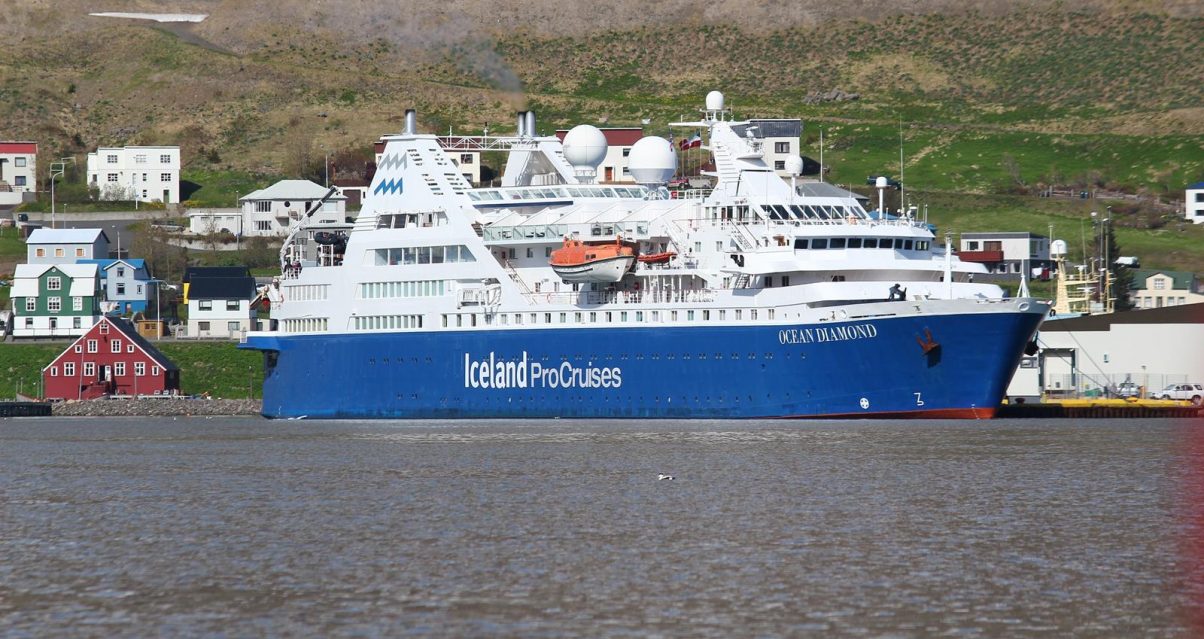
Ocean Diamond in Siglufjordur. * Photo: Randy Mink
After our morning in Siglufjordur, the dining crew got busy setting up for a Sun Deck barbecue, one of my favorite meals. As we sailed for Akureyri, waiters served hot mulled wine and we feasted on a smorgasbord featuring dishes like tandoori chicken, pork ribs, roast suckling pig, penne pasta, bratwurst, and German potato salad. I loved the hot bread and butter pudding with vanilla sauce.
An overnight stop in Akureyri gave us 24 hours to get a feel for Icelandic life and make use of the never-ending light. With 18,000 residents, it is the largest town outside of the Reykjavik area. Akureyri’s main retail street offered Ocean Diamond passengers their best chance for souvenir shopping. Popular items are Icelandic woolen knitwear, Viking-themed gifts, and stuffed-animal puffins. Some of us found our way to the northernmost botanical garden in the world (open to 10 p.m.), which specializes in alpine and arctic flora.
© This article is protected by copyright, no part may be reproduced by any process without written permission from the author. All Rights Reserved. QuirkyCruise.com.

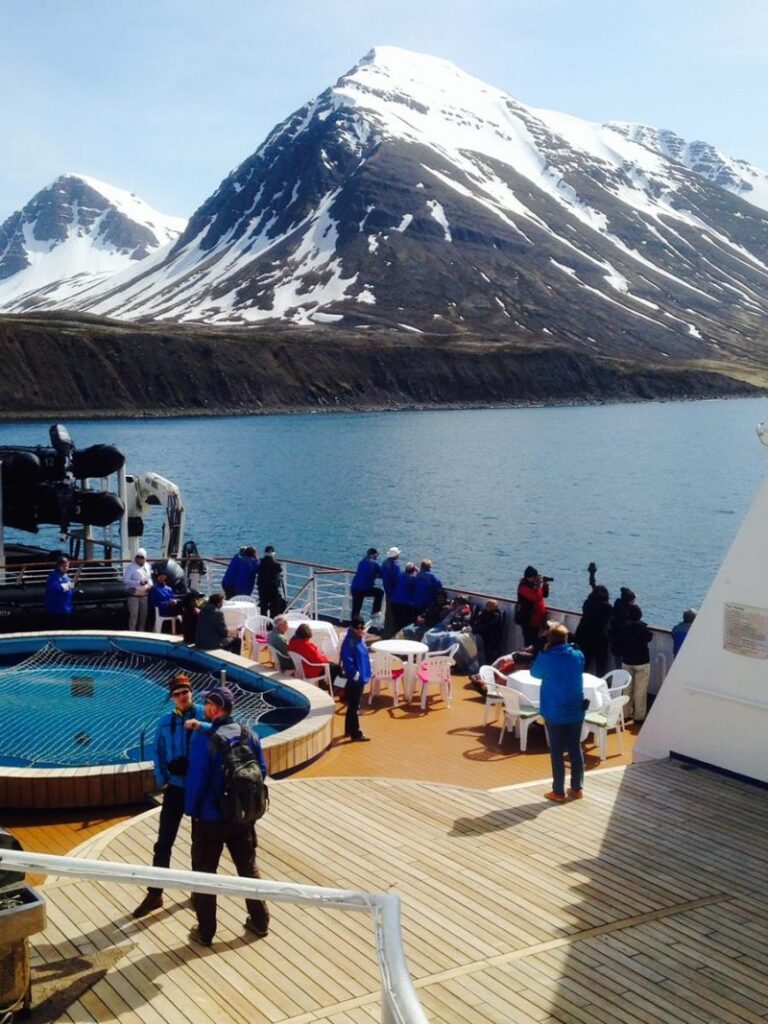

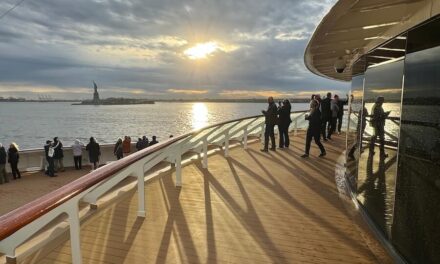
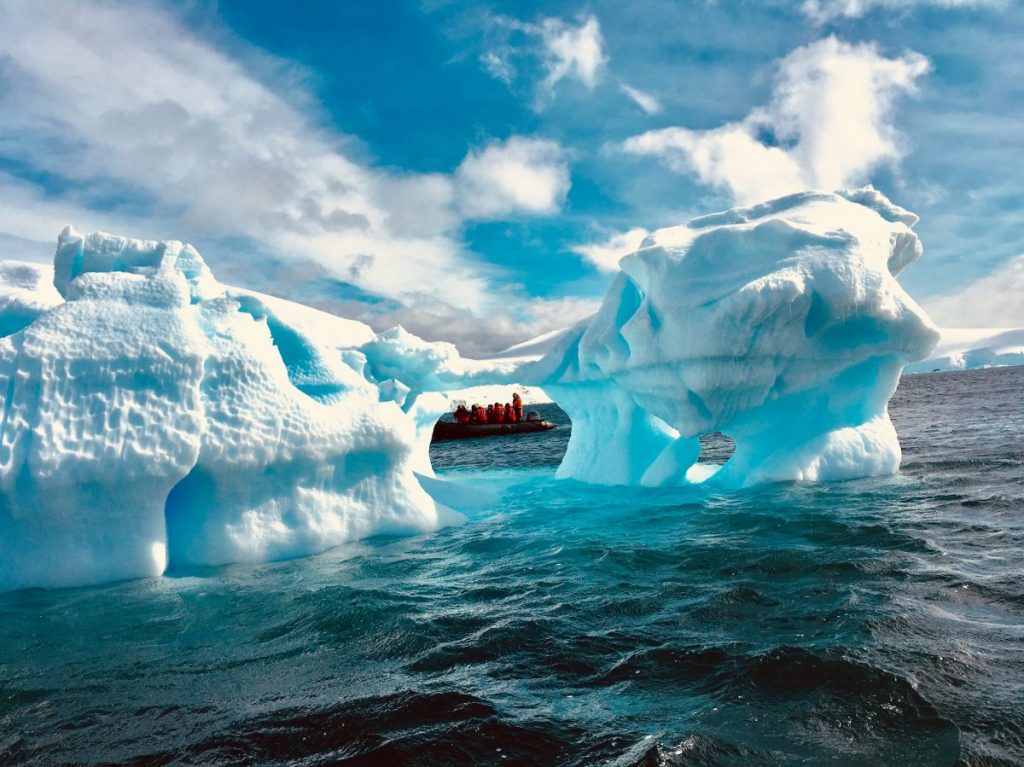
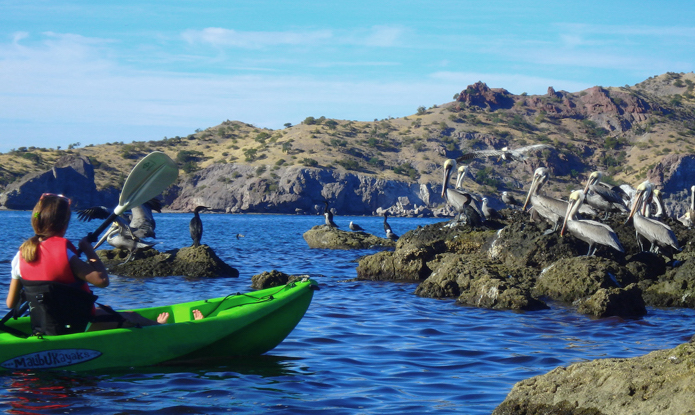








 HEIDI SARNA
HEIDI SARNA





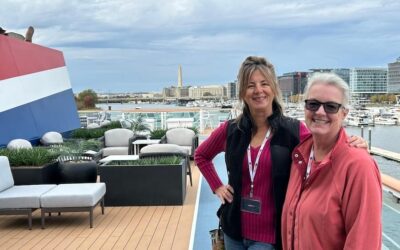
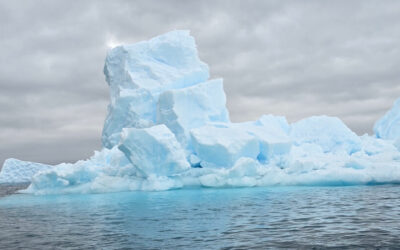

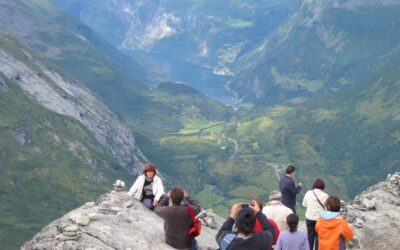
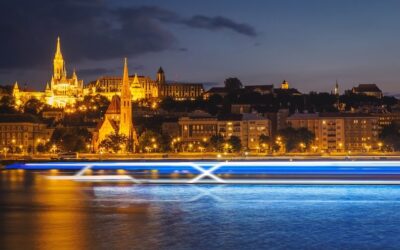


Trackbacks/Pingbacks